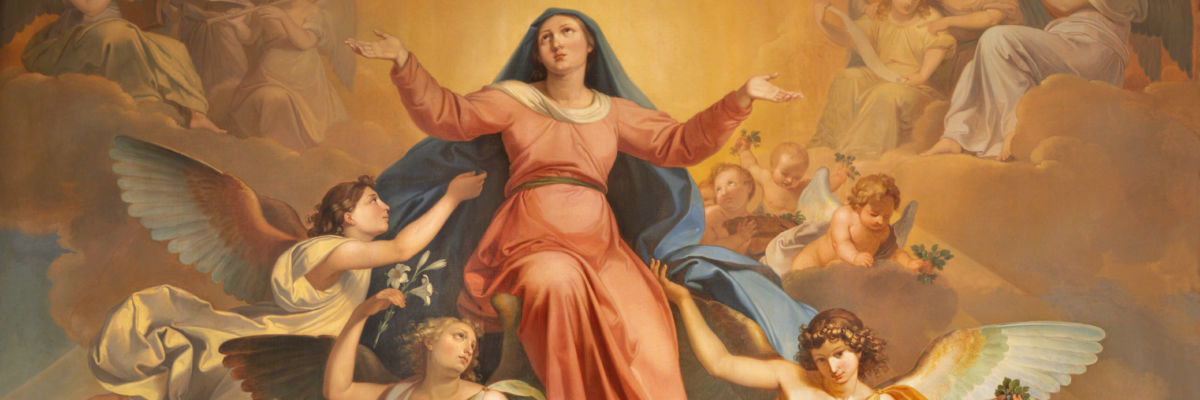
DAY 332
CHALLENGE
“The Assumption of Mary isn’t taught anywhere in the Bible.”
DEFENSE
From a Catholic perspective, it doesn’t have to be.
The idea theology should be done sola scriptura (Latin, “by Scripture alone”) is a distinctly Protestant idea not shared by most Christians. It also has numerous difficulties (see Days 5, 16, 311, and 352).
In general, it is better to sort out how theology is to be done before engaging in apologetic discussions of issues, like the Assumption of Mary, that depend significantly on apostolic Tradition not recorded in Scripture. If a Protestant dialogue partner is unwilling to consider the question apart from sola scriptura, little progress is likely, and the discussion may generate more heat than light. However, if a dialogue partner is willing to consider the question from a Catholic point of view, the following may be helpful.
First, it isn’t clear Mary had reached the end of her earthly life when the New Testament was finished. Mary would have been a little more than eighty when the book of Revelation was written, either toward the end of the reign of Nero (d. A.D. 68) or in that of his successor, Galba (A.D. 68–69). (This is based on Revelation 17:10’s indication it was written in the reign of the sixth emperor; see Day 68 on the approximate year of Mary’s birth). If the Assumption had not yet happened, we wouldn’t expect it to be mentioned.
Second, the Assumption may be alluded to in Revelation 12:1–5, where John sees the mother of Jesus depicted in heaven. This woman can be understood other ways and may include references to Eve, Israel, and the Church, but Revelation is known to use symbols to refer to more than one thing (cf. Rev. 17:9–10), and it is natural to see Mary as one of them.
Third, the Church’s faith in the Assumption is ultimately based on apostolic Tradition. Thus John Paul II noted: “The first trace of belief in the Virgin’s Assumption can be found in the apocryphal accounts entitled Transitus Mariae, whose origin dates to the second and third centuries. These are popular and sometimes romanticized depictions, which in this case, however, pick up an intuition of faith on the part of God’s People” (General Audience, July 2, 1997).
TIP
For more, see Tim Staples, Behold Your Mother.



